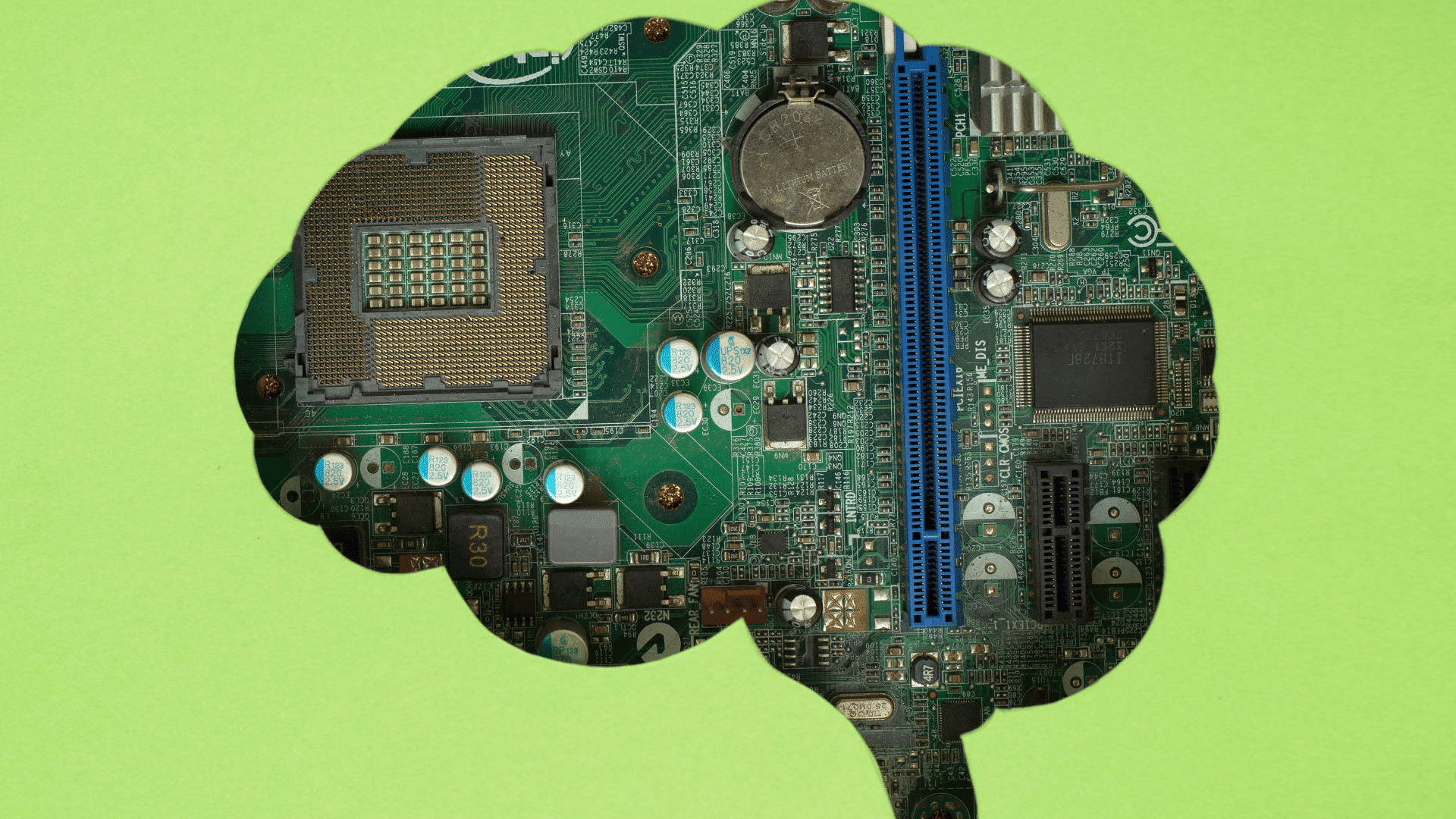A new technology called “circulatronics” has been developed by MIT researchers, promising to provide non-surgical treatment for brain diseases. These tiny devices feature microscopic, wireless bioelectronics designed to travel through a patient’s bloodstream and autonomously implant themselves in targeted regions of the brain. Then, the mini gadgets provide focused electrical stimulation, known as neuromodulation.
Non-Invasive Brain Treatment Using Microscopic Bioelectronics

Researchers recently performed a study on mice, demonstrating how the implants are delivered through an injection and navigate to a specific region of the brain. Reportedly, once the implants are delivered, the stimulation targets the area as a therapeutic option for neurological diseases such as Alzheimer’s, multiple sclerosis, and brain tumors.
At the innovation’s core is a cell-electronics hybrid composed of organic semiconducting and metallic layers. According to the researchers, it’s about one-billionth the length of a grain of rice. These devices are integrated with living cells, hence the “hybrid” in their name. In the current study, the devices were integrated with monocytes, a type of immune cell known for targeting inflammation.
“The living cells camouflage the electronics so that they aren’t attacked by the body’s immune system and they can travel seamlessly through the bloodstream,” said the study’s senior author, Deblina Sarkar. “This also enables them to squeeze through the intact blood-brain barrier without the need to invasively open it.”
The devices’ small size is essential for highly localized treatment. Additionally, it enables them to integrate with surrounding neurons without causing damage. They achieve this precise placement and functioning deep inside the brain due to the high wireless power conversion efficiency of the electronics.
“We are working dedicatedly to employ this technology for treating neural diseases, where drugs or standard therapies fail, for alleviating human suffering, and envision a future where humans could transcend beyond diseases and biological limitations,” Sarkar concluded.


